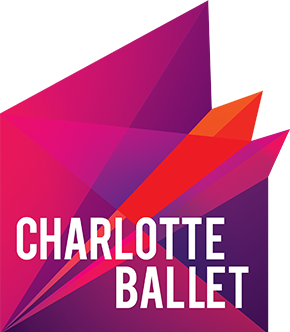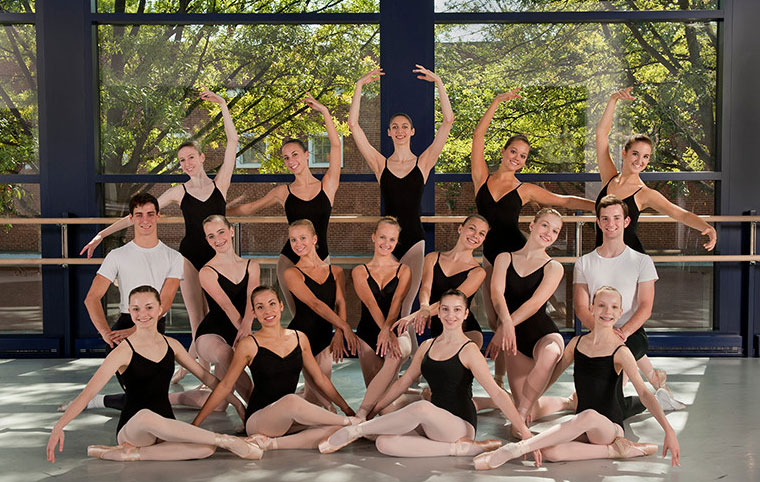It is appropriate for young dance students to remain in the same class level for two to three years before continuing on to the next level. Unlike academic studies where a student progresses a grade level each year, in dance training it is quite normal to spend several years in one level in order to properly assimilate all the necessary material.
The training of a dancer is based on the constant repetition of particular steps and movements until the student has a full comprehension of the dance vocabulary and shows competency of execution. Sometimes, especially in younger children, total comprehension can only be accomplished when the physical body has grown strong enough to handle the more complicated moves required in dance. In these instances, we prefer to wait until a child’s physical development matches the requirements of the next level’s syllabus.
It is important to maintain consistent attendance in dance classes during the school year. This insures the progress of each student in their given class level. Once a student has reached the Children’s Division in the Academy, twice a week attendance is required in order to cover the more advanced syllabus and to prepare them for the levels ahead. Similar to any sport requiring difficult motor skills and dexterity of movement, disciplined and regular practice will lead to quicker advancement.
It is also advisory to be cautious and conservative about the age at which a female student begins training on pointe. Usually, by age 11 or 12 the student is strong enough physically and advanced enough technically to begin pointe work. It can be dangerous to start a student on pointe too early in the process of her training. The student must have a thorough understanding of proper body alignment as well as ankle, foot, leg and abdominal strength to prevent injury or the development of chronic conditions such as tendonitis. A student who begins pointe work too early may also develop bad habits in an effort to stand on pointe when they are not strong enough to do it properly. There is no urgency to starting pointe work at an early age, as the accomplished and well trained dancer easily goes up on pointe with little effort and is able to progress at a rapid pace. Many students who start pointe work too early are then discouraged by the difficulty of proper execution which they did not anticipate. It is much wiser to wait until the appropriate time when the student is physically ready and can achieve the anticipated results.
We hope this information will enable parents and students to better understand the actual “time line” of development in a dancer’s training and that there is nothing unusual about the gradual advancement from level to level.



